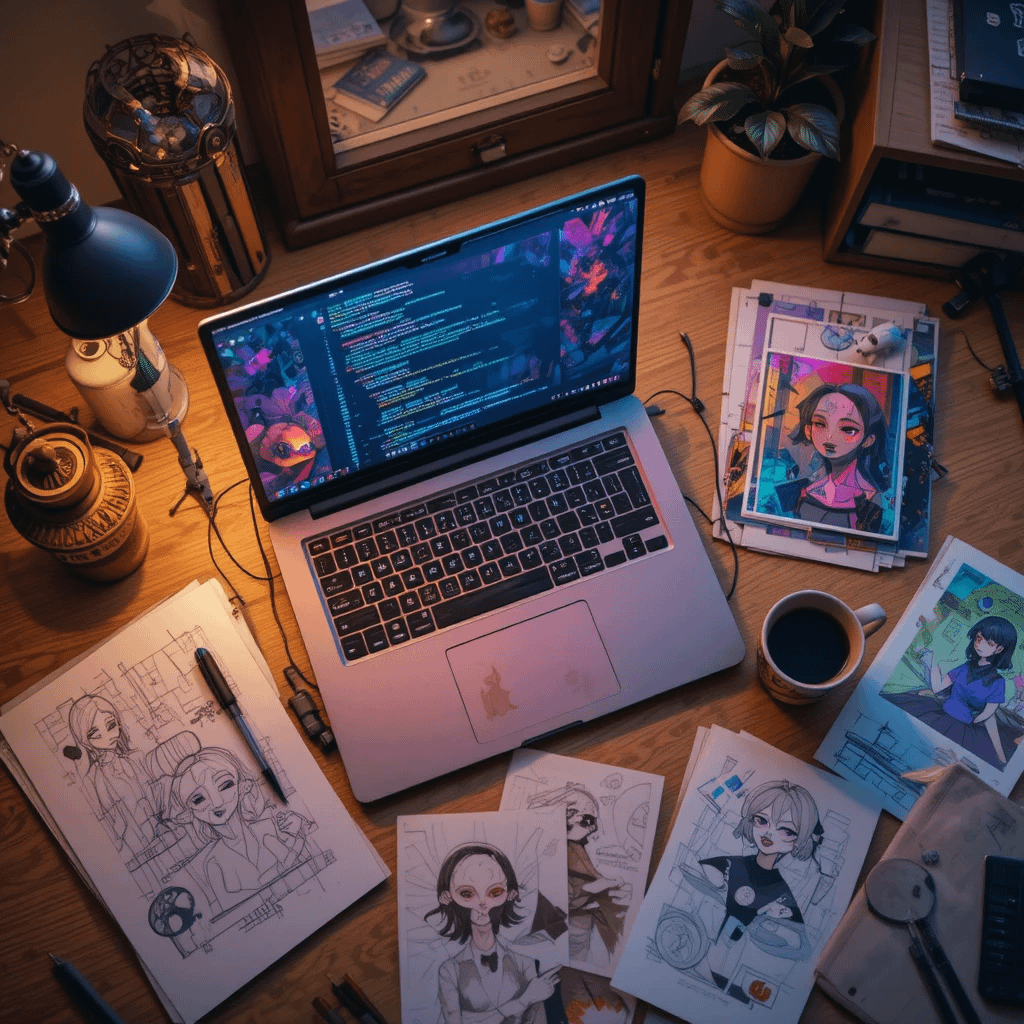Top 3 AI Tools To Automate Your Side Hustle And Earn More (2025 Guide)
Time is your edge. With simple AI workflows, you can turn a spare hour into paid projects, products, and posts. In 2025, your best stack is small and fast: ChatGPT or Claude or Gemini for words, Synthesia for videos, and Canva Magic Studio for visuals. You will see what each tool does, quick steps, a […]
Top 3 AI Tools To Automate Your Side Hustle And Earn More (2025 Guide) Read More »


